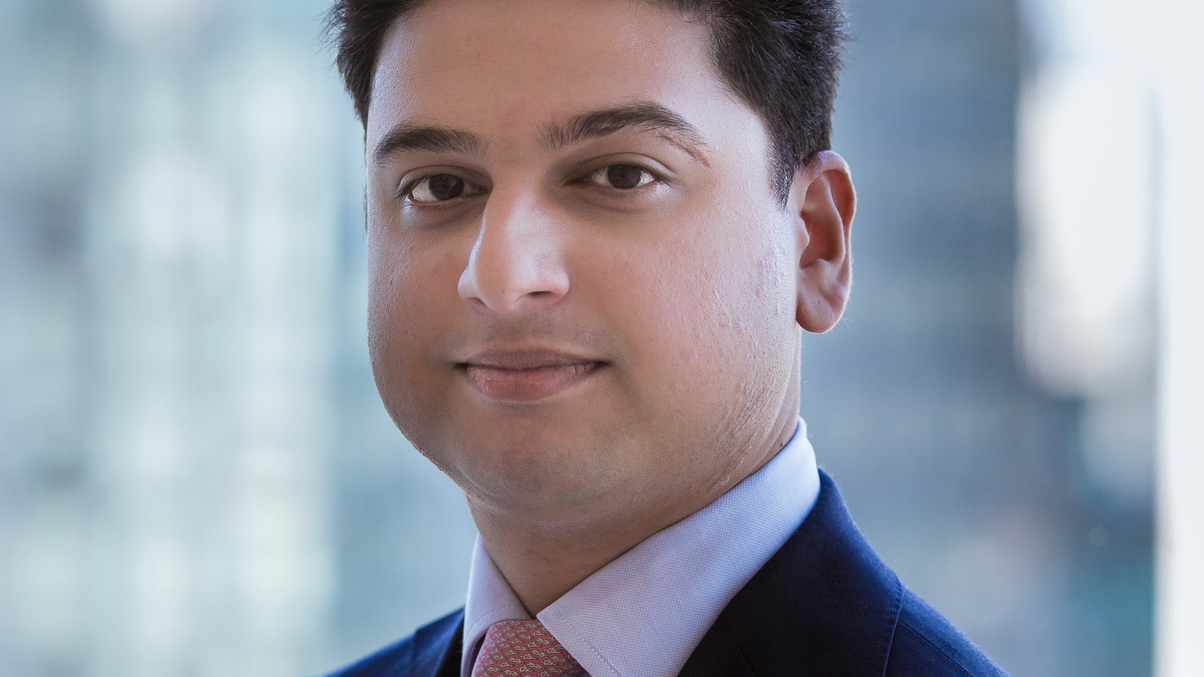Multi-asset strategies gaining traction in Asia, says Pictet
Institutional investors are treating their portfolios with a greater level of tactical awareness, a portfolio manager says, with multi-asset allowing them to apply their risk budget to prevailing market conditions.

Multi-asset strategies are gaining a better understanding amongst investors in Asia, says a multi-asset portfolio manager.
Sign In to Your Account
Access Exclusive AsianInvestor Content!
Please sign in to your subscription to unlock full access to our premium AI resources.
Free Registration & 7-Day Trial
Register now to enjoy a 7-day free trial—no registration fees required. Click the link to get started.
Note: This free trial is a one-time offer.
¬ Haymarket Media Limited. All rights reserved.


